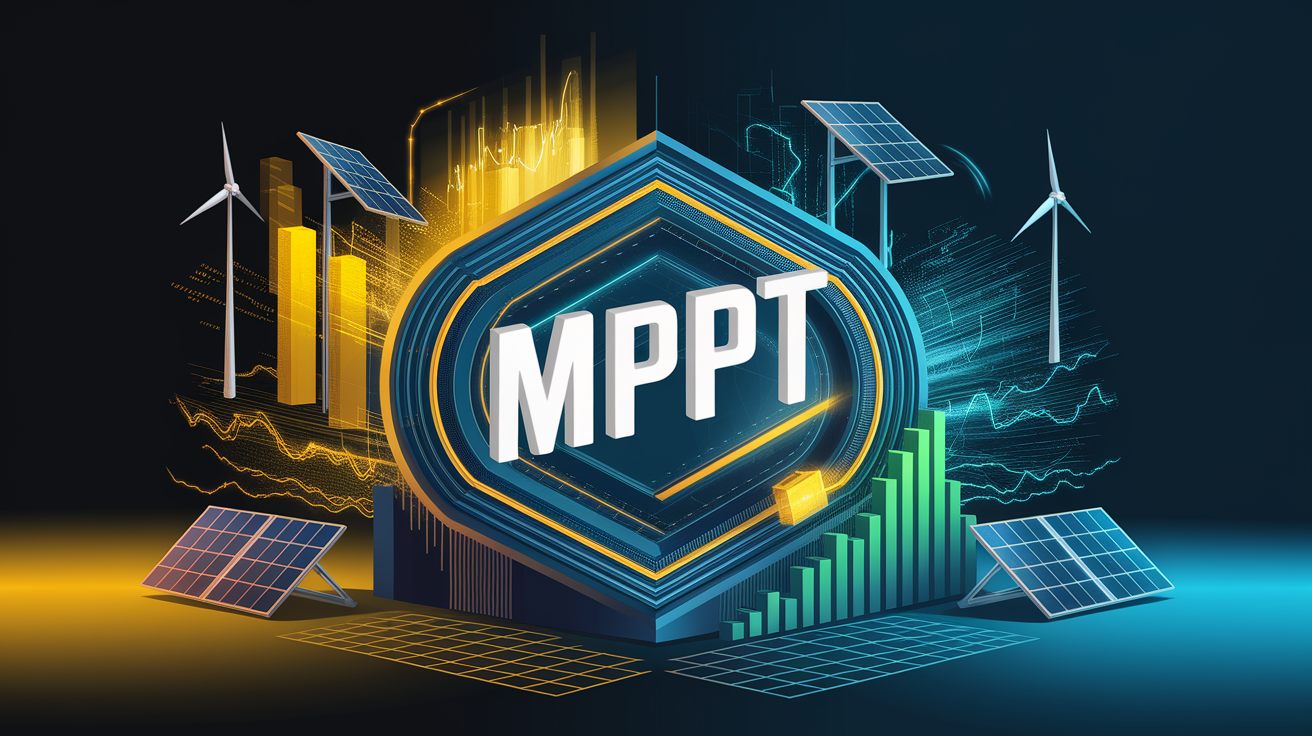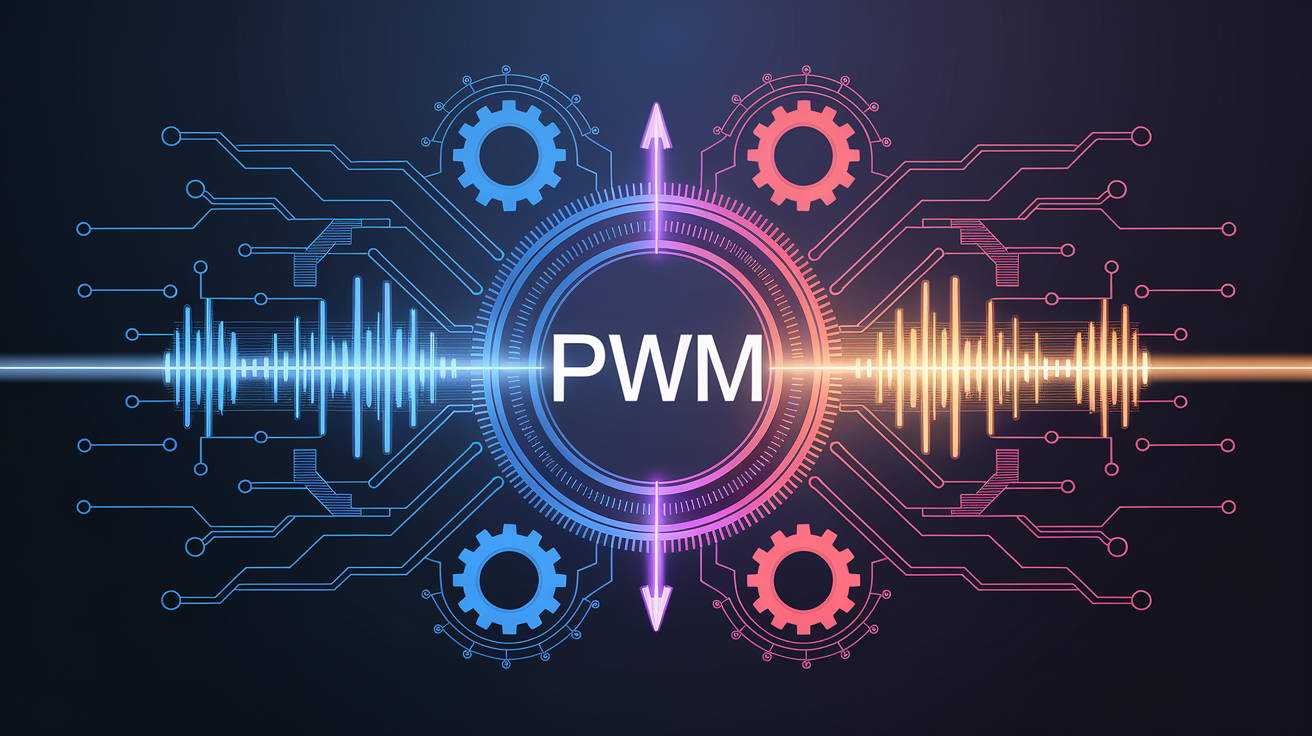MPPT vs PWM Solar Charge Controllers: Choosing the Right Controller for Your Solar Setup
Spark of Clarity
In any off-grid or hybrid solar power system, the solar charge controller is the critical gatekeeper between your solar panels and your battery bank. Its primary roles are to maximize the energy harvest and protect the battery from overcharging, thereby safeguarding your investment and ensuring system longevity. The two dominant technologies in this space are Pulse Width Modulation (PWM) and Maximum Power Point Tracking (MPPT). While both regulate the energy flow, they do so using fundamentally different methods, leading to significant variations in performance, efficiency, and cost.

Understanding MPPT Controllers
Maximum Power Point Tracking (MPPT) charge controllers represent the cutting edge of solar charging technology. An MPPT controller is essentially a smart DC-to-DC converter that optimizes the match between the solar array and the battery bank. Solar panels have an optimal operating voltage (Vmp) where they produce the most power. An MPPT controller continuously tracks this maximum power point, which fluctuates with sunlight intensity and temperature.

The key advantage of MPPT technology is its ability to convert excess panel voltage into additional charging current. This process, facilitated by an internal buck converter, means no power is wasted. If your solar array has a higher nominal voltage (e.g., 24V) than your battery bank (e.g., 12V), an MPPT controller is essential for capturing that full power potential. This capability delivers a substantial boost in energy harvest—often cited as 20–25% higher than PWM—especially in cold climate performance or during periods of low battery voltage.
For system designers and installers, this technology translates to tangible benefits beyond just raw power. The ability to handle higher solar array voltages means you can configure panels in series, which reduces the current, allowing for smaller, less expensive wiring and simplifying the overall installation.
Understanding PWM Controllers
Pulse Width Modulation (PWM) charge controllers are a more established and simpler technology. They function as a sophisticated electronic switch, rapidly connecting and disconnecting the solar panel from the battery. To regulate the charge, a PWM controller effectively “pulls down” the solar panel’s voltage to match the battery’s voltage. This direct connection means that if your battery is at 12.5V, your panel is also forced to operate at 12.5V, even if its optimal power point (Vmp) is 18V.

This voltage mismatch results in a less efficient power conversion, as the panel is not operating at its peak potential. However, the simplicity of PWM technology makes these controllers significantly less expensive and extremely durable. They are most effective in smaller systems where the solar panel’s nominal voltage is matched to the battery’s voltage (e.g., a 12V panel for a 12V system). In warm climates, where panel voltage naturally drops, the efficiency gap between PWM and MPPT narrows, making PWM a viable, budget-conscious choice for smaller applications like a basic RV solar system or remote lighting.
Head-to-Head Comparison
The choice between MPPT and PWM technology directly impacts system performance, cost, and design flexibility. Understanding their core differences is key to optimizing your solar investment. The main difference between MPPT and PWM solar charge controllers lies in how they manage the voltage from the solar panel.

- Efficiency and Energy Harvest: MPPT controllers consistently outperform PWMs, harvesting up to 25% more power, particularly in colder weather or cloudy conditions when panel voltage is higher. MPPT’s dynamic tracking of the maximum power point ensures minimal energy loss. PWM efficiency is highest when the battery is near full charge but suffers when there is a significant voltage difference between the panel and the battery.
- System Voltage Flexibility: MPPT controllers excel with high voltage panels. They can take a high-voltage input from a series-connected solar array and step it down to efficiently charge a lower-voltage battery bank (e.g., a 48V array charging a 24V system). A PWM controller requires the panel’s nominal voltage to match the battery’s, limiting design options. Using a 24V panel with a 12V battery on a PWM controller would waste over half the panel’s power potential.
- Cost: The upfront cost difference between MPPT and PWM controllers is significant. PWM controllers are far cheaper due to their simpler technology. However, the higher cost of an MPPT controller, offered by brands like Victron Energy and Renogy, is often justified by long-term energy gains and reduced system costs, especially in larger off-grid solar setups where fewer panels or smaller gauge wiring might be needed.
- System Size and Application: PWM is typically suitable for small, simple systems with 150 watts or less, where budget is a primary concern and panel-to-battery voltage is matched. MPPT is the superior choice for any system over 200 watts, installations in colder climates, or any setup where maximizing every watt is critical.
Choosing the Right Controller
So, which solar charge controller is best for your system? The decision hinges on a practical cost-benefit analysis of your specific needs. Here’s a guide to making an informed choice:
- Choose a PWM Controller if:
- You have a small-scale system (e.g., under 200W).
- Your budget is the primary constraint.
- The solar panel’s nominal voltage matches your battery bank’s voltage (e.g., a 12V panel for a 12V battery).
- Your system is in a consistently warm climate where voltage drop is less of an issue.
- Simplicity and durability are more important than maximizing every last watt of power.
- Choose an MPPT Controller if:
- You want to maximize your system’s efficiency and energy harvest. An MPPT controller will charge batteries faster and more completely under all conditions.
- Your solar array voltage is higher than your battery voltage (a common scenario for larger systems to reduce wiring size and cost).
- Your system is larger than 200W. The efficiency gains will quickly pay back the higher initial cost.
- You live in a colder or frequently overcast climate, as the performance gap between MPPT and PWM widens significantly in these conditions. This makes it the clear answer to the common question of `mppt vs pwm efficiency in cloudy weather`.
- You are using high-efficiency panels or planning to expand your system in the future. Upgrading from a PWM to an MPPT controller later is possible, but starting with the right technology saves time and money.
For modern battery chemistries like Lithium-ion, an MPPT controller with a specific lithium charging algorithm is highly recommended to ensure proper battery health and longevity. Leading manufacturers like Victron Energy and Morningstar Corporation offer advanced models tailored for these applications.
Closing the Circuit
Selecting the right solar charge controller is a foundational decision in solar system design. While PWM controllers offer a simple, low-cost solution for small-scale applications, MPPT technology provides superior efficiency, greater design flexibility, and a better long-term return on investment for the majority of modern solar installations. By evaluating your system size, climate, and performance goals, you can confidently choose the controller that will unlock the full potential of your solar array and deliver reliable power for years to come.







